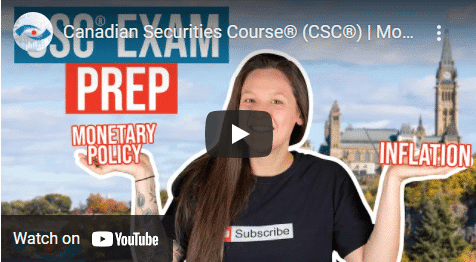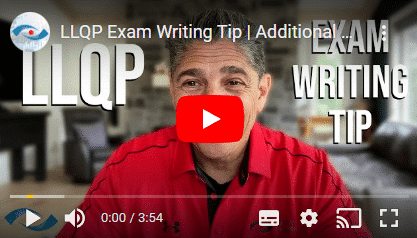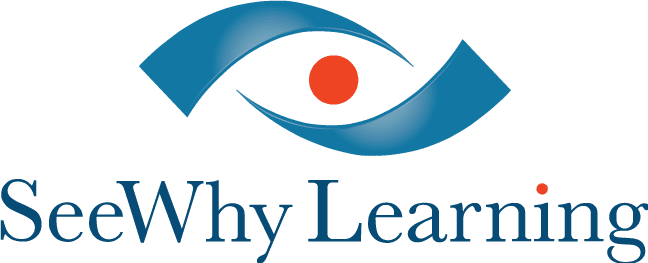Don’t start with the scenario. Skip that for a moment. Read the question itself. Make sure you really understand what you’re being asked before you dive into the scenario.
Andre in the coaches hang out. I just got off the phone with one of our students and I thought I’d shoot a video on what we discussed because it will benefit all of our students taking what we call an application based exam.
Now, the Life Licensing Qualification Program, Wealth Management Essentials Exam too, certainly any PFP and CFP exams, professional financial planner, certified financial planner exams are typically application based. What this means is you’ll generally get a scenario and then you’re asked a question about that scenario or about that client. If it’s a multiple choice exam, there’s typically four possible answers.
Let me pull up the question that the student was asking me about. Now, of course, there’s a scenario and then there’s a question, and then there’s four possible answers. Well, one of the acronyms that we drive home in our training programs for this type of exam is the acronym RTQF. RTQF stands for read the question first. So don’t start with the scenario. Skip that for a moment. Read the question itself. Make sure you really understand what you’re being asked before you dive into the scenario.
Now, this question asks, “How much additional life insurance does Jack need?” I’d even read that question two or three times before diving into the scenario. How much additional life insurance does Jack need? Any keywords stand out? Well, how about the word additional? That’s a different question than how much life insurance does he need and it has a different answer. To use the analogy, in the game of soccer, each side typically needs 11 players. So if I was to ask you, how many players do you need for the game, the answer is 11. But if you already had 10, and I ask you how many additional players do you need? Notice that word additional changes the question and the answer’s well I got 10. I only need one more player.
Now, when I pointed this out to the student, she made a very good point. She said to me, “Well, Andre, how am I supposed to know that? There’s not like there’s a line in the textbook that says, ‘Hey, if it says how much additional insurance that might be a different question than how much insurance does the person need.'” Well no, that’s not in the textbook because the examiner assumes that you understand the language and certainly the word additional, we should all know what that means. We need to be careful.
Now, the way of course you pick up on this kind of stuff is by doing practice questions. Of course, you want to read the SeeWhy Learning Study Guide. You want to watch our key concept video lessons to get a good, solid base knowledge. But a lot of your learning comes from applying that through practice questions. Whether you’ve got a question like this right or wrong, is really irrelevant.
Let’s suppose you missed that word additional and you got it wrong. Well, when you read the answer key, we’re going to point that out to you. The light bulb’s going to go on and hopefully down the road if you get a similar type question, you’ll get it right the next time. So that’s the real value in doing practice questions. It’s great to be getting a hundred percent, but it’s also great when you get something wrong because you got an opportunity to learn something. I hope you found this helpful. Keep up the great work and good luck on your upcoming exams.

Recent Videos

Monetary & Fiscal Policy Part 2

Monetary & Fiscal Policy






